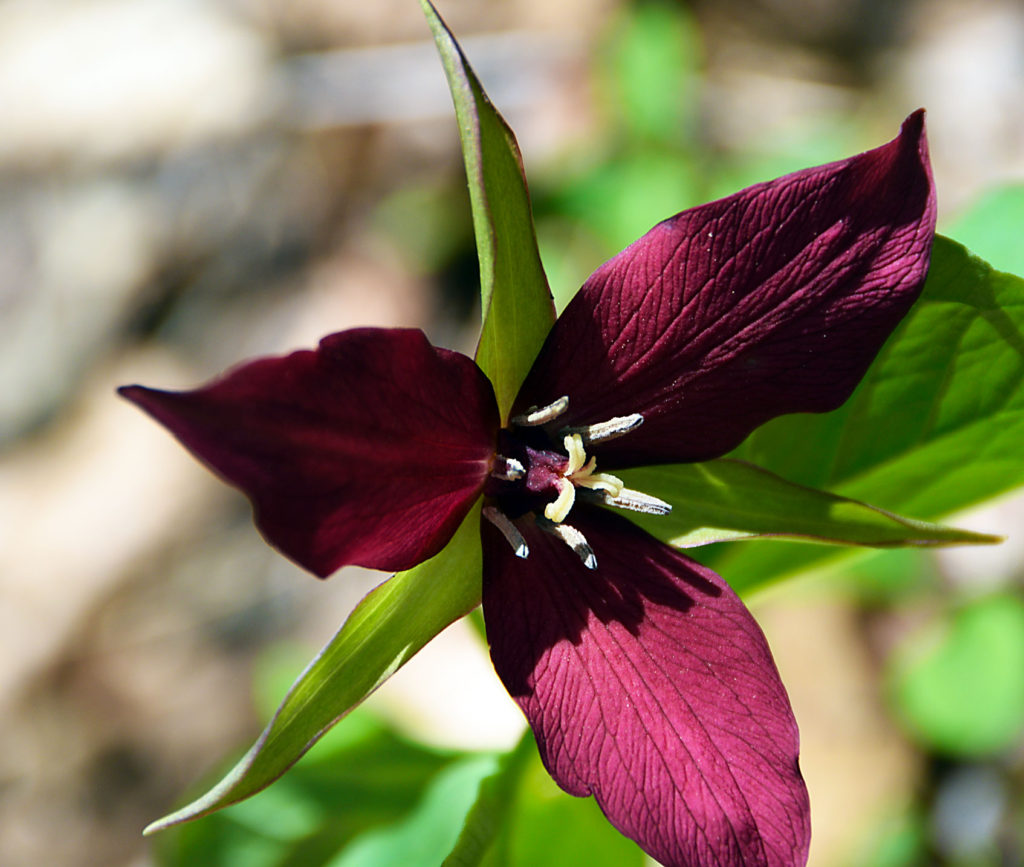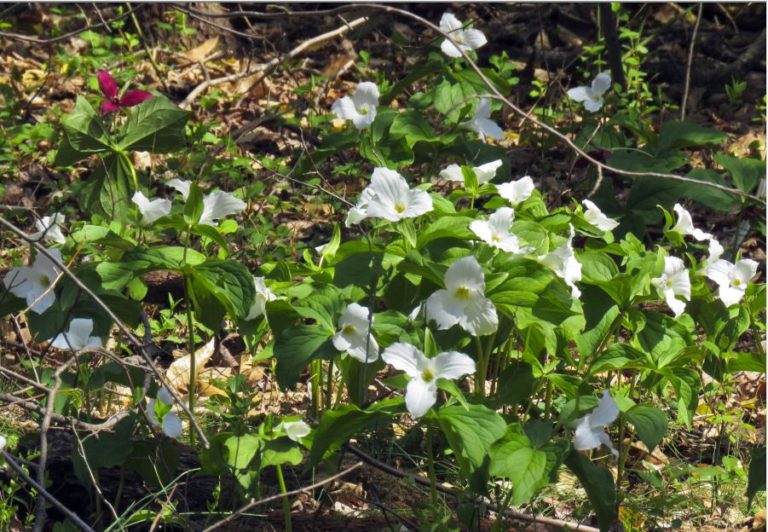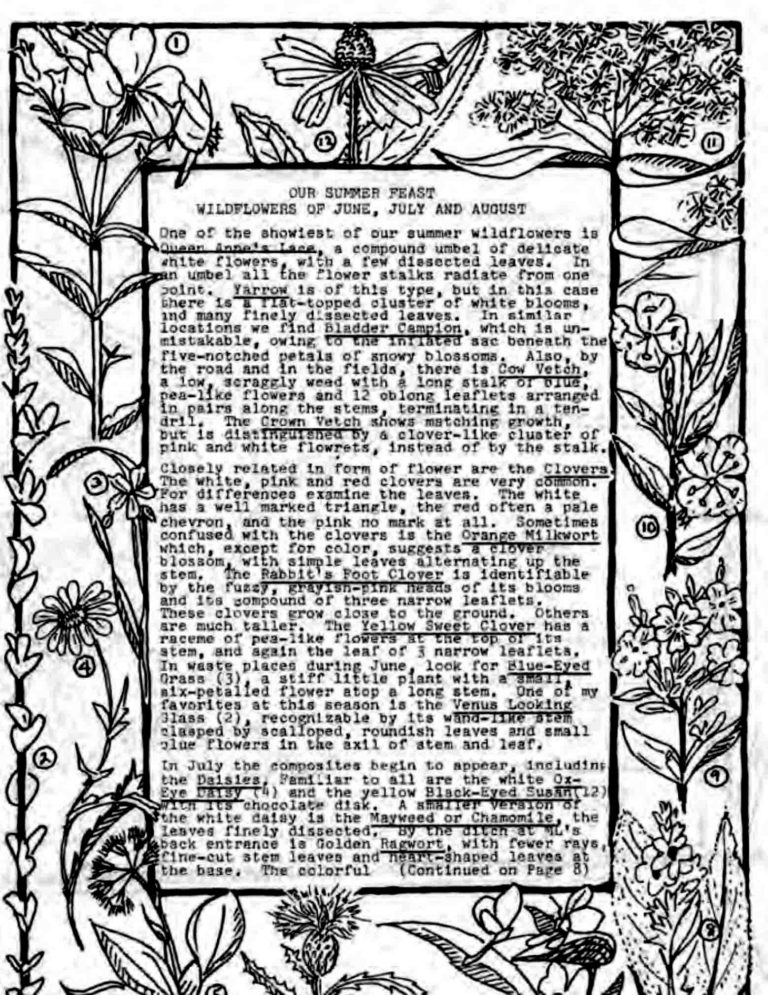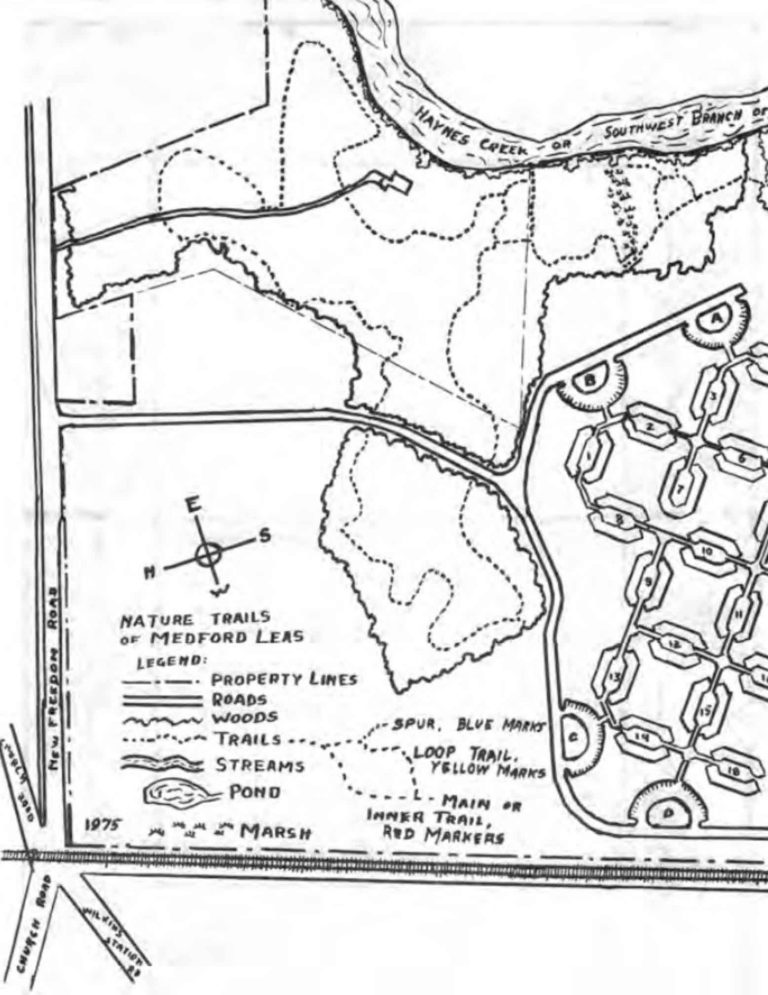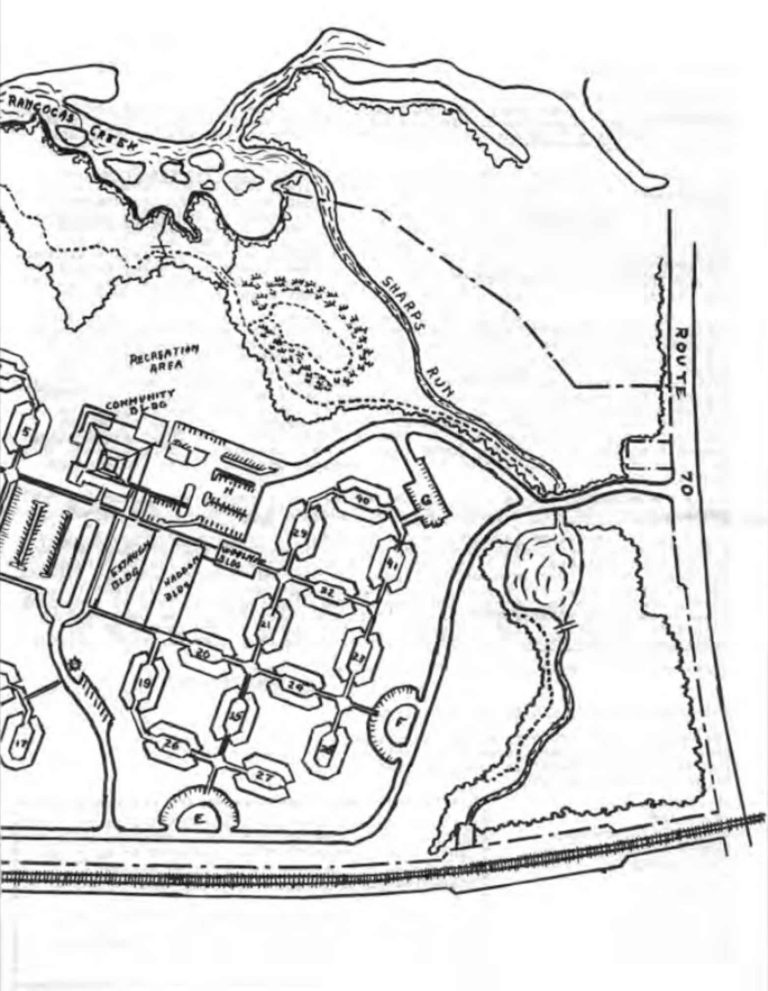Two weeks ago I alerted fellow members of the Trails Committee and others that the large White Trilliums, Trillium grandiflorum, had just begun to bloom on the Island Trail (Y12.) By the following Saturday I received word from Hank Heidler that in addition to the white Trilliums there was one Red Trillium! Reports Hank, who took this photograph:
"I ran into Barbara on an earlier trail and mentioned to her about your finding. The two of us then went to the Island Trail where you located the Trilliums. I saw them earlier and went back with my camera which is when I ran into Barbara. That’s when we spotted the Red Trillium. I’m not sure I would have noticed it if I wasn’t with Barbara. It was awesome!"
Here it sits (upper left) in splendid isolation from its larger White neighbors.
In the three years I had monitored this location, I had never noticed this species, Trillium erectum, that has in addition the local names Wake Robin (named after the European Robin Redbreast, a small flycatcher) and Stinking Benjamin .. whose curious origin is described here.
Neither the Trilliums, nor most of the other wildflowers we see on the woodland trails, are native to the Atlantic Coastal Plain of South Jersey. The origins of these trilliums is cited by The Gordon Report, a survey issued in 1993. He states: ” … my preliminary survey reveals that the natural area has been altered by the introduction (through planting) of numerous species not native to New Jersey or the southern portion of the state. This is particularly true of the island and the vicinity of the canoe launch. Metal stakes bearing numbers or names of plants no longer present abound. Among these introductions are, for example, a southern leucothoe, trilliums, cypress, and garden plants such as daffodils, dame’s rocket, pachysandra, and ivy.”
That was 30 years ago. We must go back another 20 years* to this entry in Medford Leas Life in June of 1975, just three years after our founding:
Vick’s Wildflower Nursery of Glenmoore, PA, is no longer extant but is often referred to in historical collections.
More than a third of the June 1975 issue was devoted to wildflowers and nature trails. Here are four pages from that issue which illustrate, through trail maps and botanical accounts, how keen the interest in wildflowers was back then. (Click on each image to see the page full-screen.)
* See a previous essay to understand to whom I am indebted in performing such archeology.
— Fred Kahan

